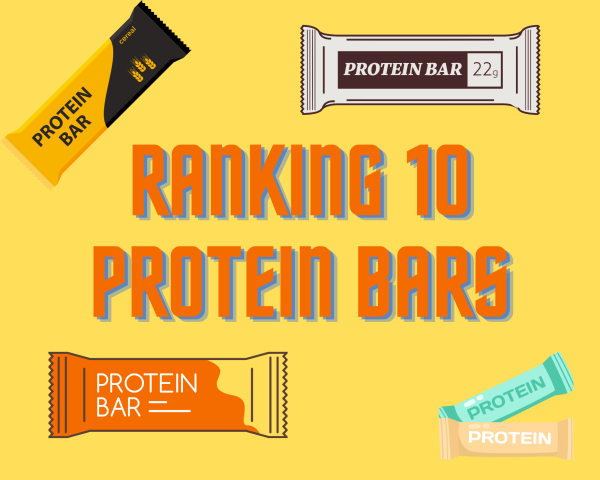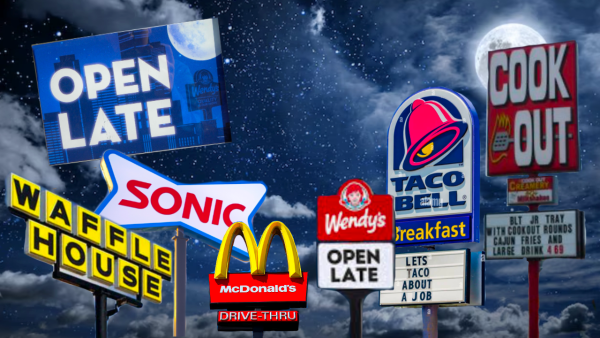Your Smoothie Bowls Are Killing You
Your Snapchat stories might look good, but at what cost?
You’ve seen them before. Whether they were featured on an *artsy* Snapchat story, or polluting your Instagram feed, you have undoubtedly seen them before. Piled high with granola, peanut butter, and assortments of seasonal fruit, smoothie bowls have exploded on social media and have particularly stricken the majority of psuedo-healthy teenage girls. As Charleston residents, many high schoolers flock to Brava Bowls’ pop-up locations, or stroll into the Playa Bowls’ storefront on King Street. Regardless of where you choose to indulge in an açaí treat, you end up paying a costly price in both your wallet and your health.
But it’s fruit! That’s healthy, right?
Sure it is! But to a certain extent. Yes, eating an apple provides plenty of nutritional benefits, such as dietary fiber, antioxidants, and vitamin C, so of course fruit is healthy. But when you reduce nutritious fruit down to sugary juice and fiber-less pulp, a majority of those benefits become detrimental mounds of carbohydrates. In fact, the average amount of carbs in a 22 oz smoothie bowl is 66-70 grams, which is extremely concerning. If that much sugar is in a measly serving from Planet Smoothie, just imagine how carb-heavy the giant bowls from Brava Bowls are.
For example, Brava Bowls’ arguably most popular item, the Guilty Bowl, features the following ingredients: blended açaí, banana, and apple juice topped with banana, strawberries, chocolate chips, nutella, granola, and honey. When you throw all of those items into a large serving, you’re inevitably binding yourself to cardiac arrest. Yes, that’s hyperbolic, but you are literally pumping your body full of excess sugar that your enzymes simply cannot process all at once. Some may argue that, yes, these smoothie bowls contain sugar, but it’s natural sugar from actual fruit. Unfortunately, natural sugar does not hold much weight when it’s not balanced out by other important macronutrients, such as fat and protein, as well as dietary fiber.
Even adding peanut/almond butter to your smoothie bowls is often a futile attempt to increase the protein content in your meal. While two tablespoons may add some grams of protein, they pale in comparison to the staggering levels of carbohydrates. And, to add insult to injury, those tablespoons also spike up the caloric count by at least 200 calories.
According to the United States Department of Agriculture, the recommended daily intake of fruit should be around 2 cups for the average adult. The average amount of fruit within one smoothie bowl? Typically 3 cups. Because all of these fruits are blended down and doused in apple juice, customers and their stomachs fail to realize just how much they are shoveling into their bodies. By stripping these fruits of their dietary fiber, they no longer provide consumers the same sensations of satiation, and therefore cause people to experience increased hunger later on in the day.
Don’t get me wrong, smoothie bowls are delicious and incredibly refreshing, but they pose a risk to your health if you consume them too often. That being said, rather than completely tossing açaí bowls out of your life, I recommend that maintaining some level of moderation when consuming, whether that be monitoring your portion sizes, or opting for healthier ingredients. Or, conversely, feel free to take this article with a grain of salt and continue to live your best life full of tropical fruit and mounds of sugar.













